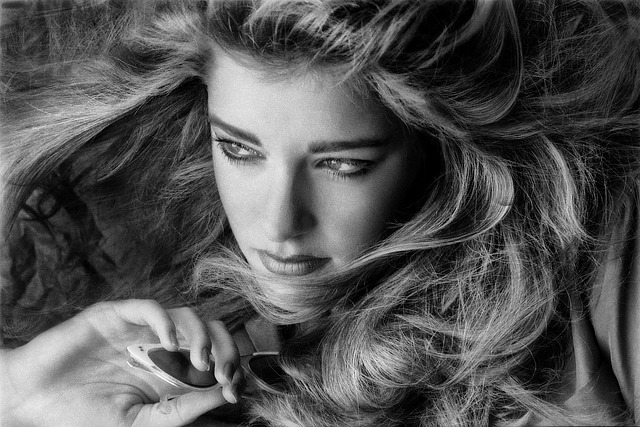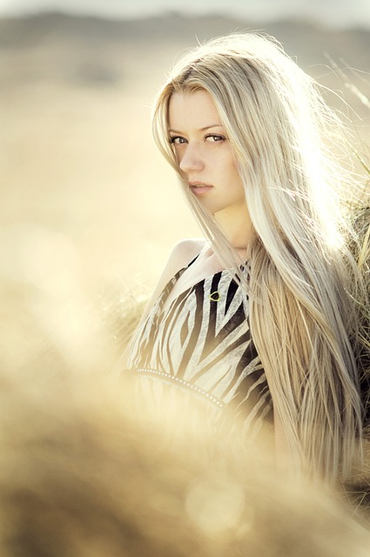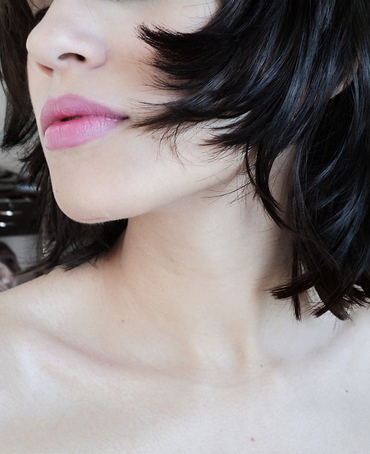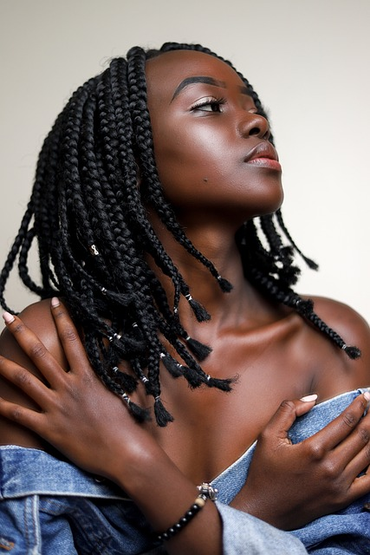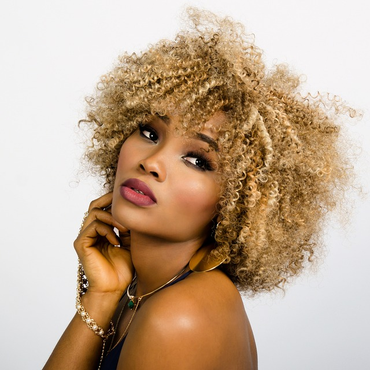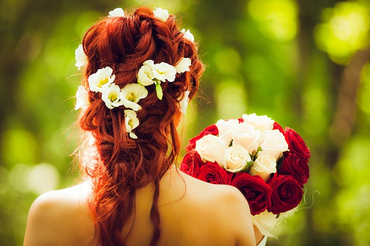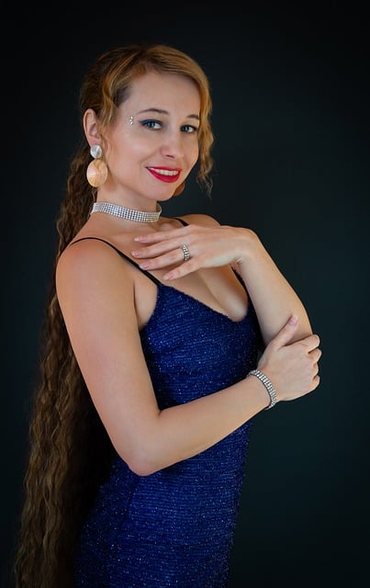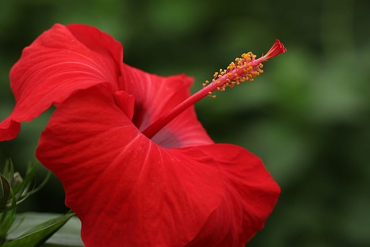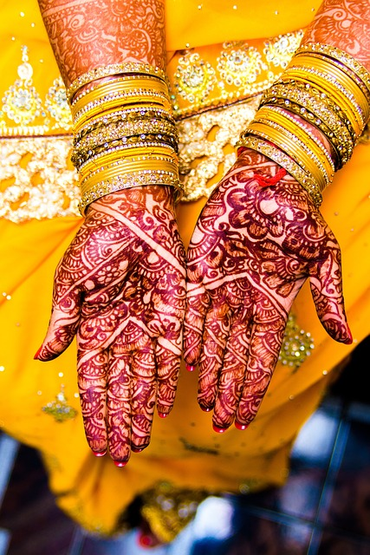

Are you a bold person? If yes, you may be someone who drawn to hair dye, and changing their look.
Colorful hair has undoubtedly made a splash in the fashion and beauty industry. From vibrant blues, gray hair, to sultry purples, there’s no limit to the shades one can experiment with.
Among these enticing shades is the deep, mesmerizing hue of indigo. Its rich blue and violet undertones make it a favorite among those wanting to take their long hair to the next level.
However, is indigo hair color safe? Let’s dive in.
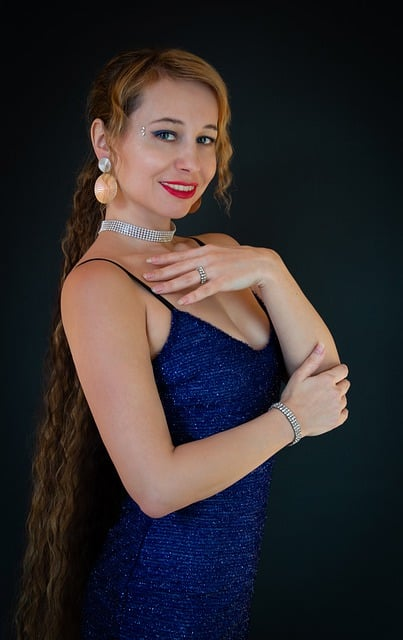
Indigo, with its deep and mesmerizing shades of blue and grey, is one of the most ancient dyes known to humanity. Steeped in history, this color has adorned textiles for millennia, serving as a testament to our love for vibrant hues and natural dyes.
Originating from the crushed leaves of plants in the Indigofera genus, the process of deriving this dye was an art in itself. Ancient civilizations revered indigo, not just for its captivating color and blue tone but also for its rarity and the intricacy involved in its extraction. This led to indigo being affectionately termed as ‘blue gold,’ symbolizing its weight in value comparable to precious metals.
Beyond textiles, the versatility of indigo became even more apparent over time. People realized that this natural dye wasn't just limited to fabrics and that when applied to hair, indigo imparted a rich, black hue, offering a natural alternative to hair coloring . This discovery catapulted indigo from being just a textile dye to a beauty staple in various cultures.
The process of making indigo powder from the indigo plant is both fascinating and steeped in tradition. Here's a step-by-step breakdown of how indigo powder is made:
Harvesting the Leaves: Mature indigo plants are harvested. The timing of the harvest is essential because the dye concentration varies depending on the plant's maturity.
Soaking and Fermentation: The harvested leaves are soaked in water-filled containers. This initiates the fermentation process, which helps in releasing the dye from the plant cells. The leaves ferment for several hours to a few days, depending on the specific tradition and desired results.
Oxidation: After fermentation, the liquid is drained from the container, leaving a blue-green sludge at the bottom. This sludge is then exposed to the air, allowing it to oxidize. Oxidation turns the sludge into a deep blue hue, which is the precursor to the final indigo dye.
Filtering and Settling: The oxidized sludge is filtered to remove any plant debris and impurities. After filtration, the mixture is allowed to settle. Over time, the pure dye particles sink to the bottom.
Drying: The water is carefully drained, leaving behind a thick, blue paste. This paste is then spread out in thin layers and allowed to dry, typically in the sun.
Grinding: Once completely dried, the indigo cakes are ground into a fine powder. This powder is sifted to ensure an even texture.
Packaging: The final indigo powder is then packaged and sealed to maintain its freshness and potency.
It is chemical free! As such, the final Indigo dye obtained is not only 100% safe but even has benefits for hair. Indigo powder has been used for centuries, not just for hair dyeing but also for textile dyeing. It's a testament to the timeless appeal and effectiveness of natural dyes and traditional processes.

When it comes to hair dyes, there are typically two categories: natural hair dye and chemical-based. Indigo hair dye can be found in both forms.
Natural Indigo Hair Dye: Pure indigo powder is considered to be a safer alternative to many chemical dyes. Since it is plant-derived, it lacks harmful chemicals like ammonia or peroxide. Furthermore, natural indigo is known to add thickness and shine to hair strands. When combined with henna, another natural dye, it can produce varying shades, from browns to blacks.
Chemical-Based Indigo Hair Dye: This is where caution needs to be exercised. Some products labeled as "indigo" might not contain the natural plant-derived indigo but rather chemical compounds that mimic its color. Such products could contain ingredients that may cause skin irritations, allergic reactions, or even long-term health issues.
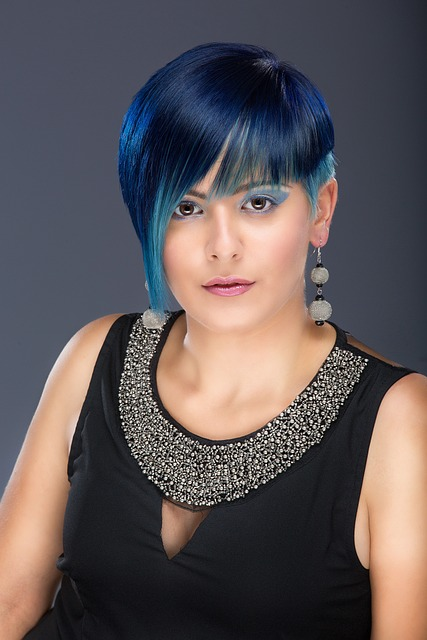
Indigo powder has long been cherished for its unique dyeing properties and hair benefits.
Renowned for its ability to impart a blue-black hue to hair, indigo provides a natural coloring alternative, especially when combined with henna powder, which can create a spectrum of shades from light brown, dark brown to jet black!
One of its standout features is the absence of harmful chemicals like ammonia or PPD, often present in synthetic dyes. This natural dye not only colors the hair but also conditions it, enhancing its softness, texture, and shine. Some users even find it soothing for sensitive scalps and believe it can reduce dandruff on the scalp.
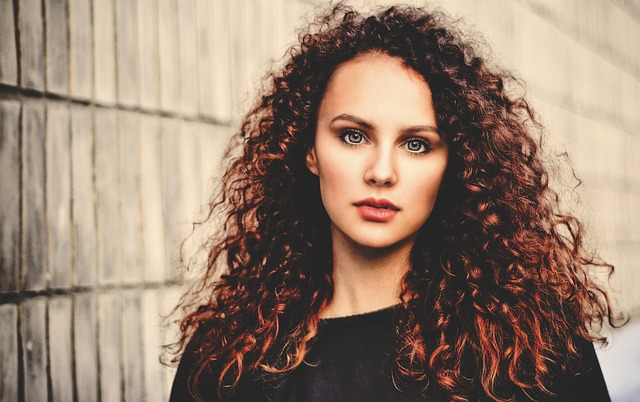
Additionally, the coating effect of indigo, particularly when mixed with henna powder, can give hair a perception of added volume. Unlike many commercial dyes that fade with stark demarcation lines, indigo tends to fade gracefully, ensuring a more natural look as hair grows out.
From an environmental perspective, indigo, being a natural product, is often considered more sustainable than its chemical counterparts.
However, for the best results and benefits, it's essential to source pure and high-quality indigo powder and always conduct a strand test before full application.
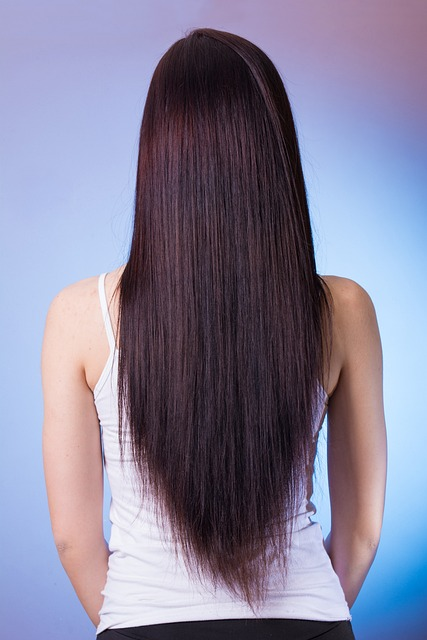
There are a number of elements to be mindful of:
Allergic Reactions: Whether you're using natural or chemical-based dyes, there’s always a risk of an allergic reaction. It’s crucial to perform a patch test 48 hours before the full application to ensure no reactions occur.
Dryness and Hair Breakage: While natural indigo can be nourishing, frequent use can sometimes lead to dry hair. It’s essential to maintain a regular moisturizing routine to combat this.
Adulteration: There's a concern about so-called 'black henna' which sometimes combines natural henna and indigo with chemicals, such as PPD (paraphenylenediamine). PPD can cause severe allergic reactions and is unsuitable for direct skin application in high concentrations. Always check product labels and opt for reputable sources.
Skin Staining: Indigo can stain the skin, so careful application is needed to avoid staining the forehead or ears.

You can use henna and indigo powder on chemically treated hair, but there are several considerations and precautions you should be aware of:
Wait Period: If you've recently undergone a chemical treatment, such as a perm, straightening, or bleaching, it's advisable to wait a few weeks before applying henna and indigo. This waiting period allows your hair to stabilize and reduces the risk of unexpected color results or further hair damage.
Strand Test: Due to the potential for unpredictable color outcomes on chemically treated hair, always perform a strand test before a full application. This will give you an idea of the resulting color and how your hair will react to the natural dyes.
Potential Color Variations: Chemically treated hair may be more porous, which can affect how it absorbs henna and indigo. This can lead to different shades or uneven coloration compared to untreated hair.
Conditioning Benefit: Both henna and indigo can have conditioning effects. For hair that's been damaged or dried out by chemical treatments, this can be beneficial. However, remember to maintain regular moisturizing routines to keep hair in optimal condition.
Check Ingredients: Ensure you're using pure henna and indigo without additives. Some commercial products labeled as "henna" might contain metallic salts, which can react adversely with chemically treated hair, causing unexpected color changes or even hair breakage.
Fade Rate: Henna and indigo fade over time, but the rate at which they fade can be influenced by previous chemical treatments. You might find the color lasting differently on treated versus untreated hair.
Future Chemical Treatments: If you plan to undergo another chemical treatment after using henna and indigo, inform your hairstylist. Some chemical treatments might react differently on hair previously dyed with natural dyes.
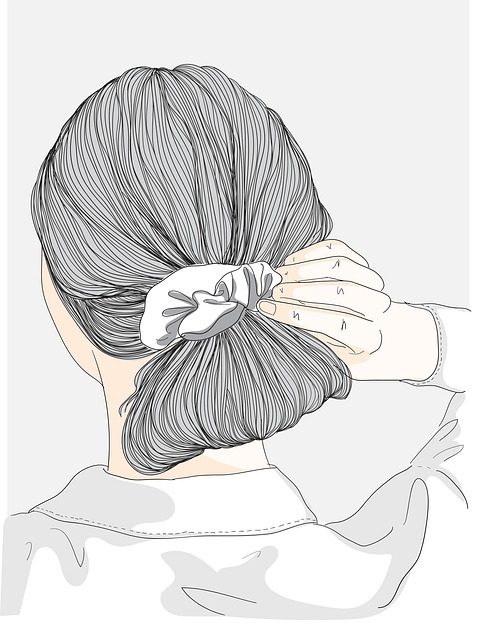
To answer the burning question, "Is indigo hair color safe?" - it depends.
Natural, pure indigo hair dye is generally considered safe for most people and can offer both a beautiful color and additional hair benefits. However, like any product, especially when it comes to dyes, it's essential to be an informed consumer.
Before making the leap to indigo or any other dark hair color, always:
Check product ingredients and labels.
Buy from reputable brands and suppliers.
Perform a patch test to rule out allergic reactions.
Follow care guidelines to maintain hair health post-dyeing.
Ultimately, while the allure of a vibrant indigo mane is undeniable, safety should always be the top priority. When done right, you can achieve that dreamy indigo shade without compromising your hair's health or your well-being.